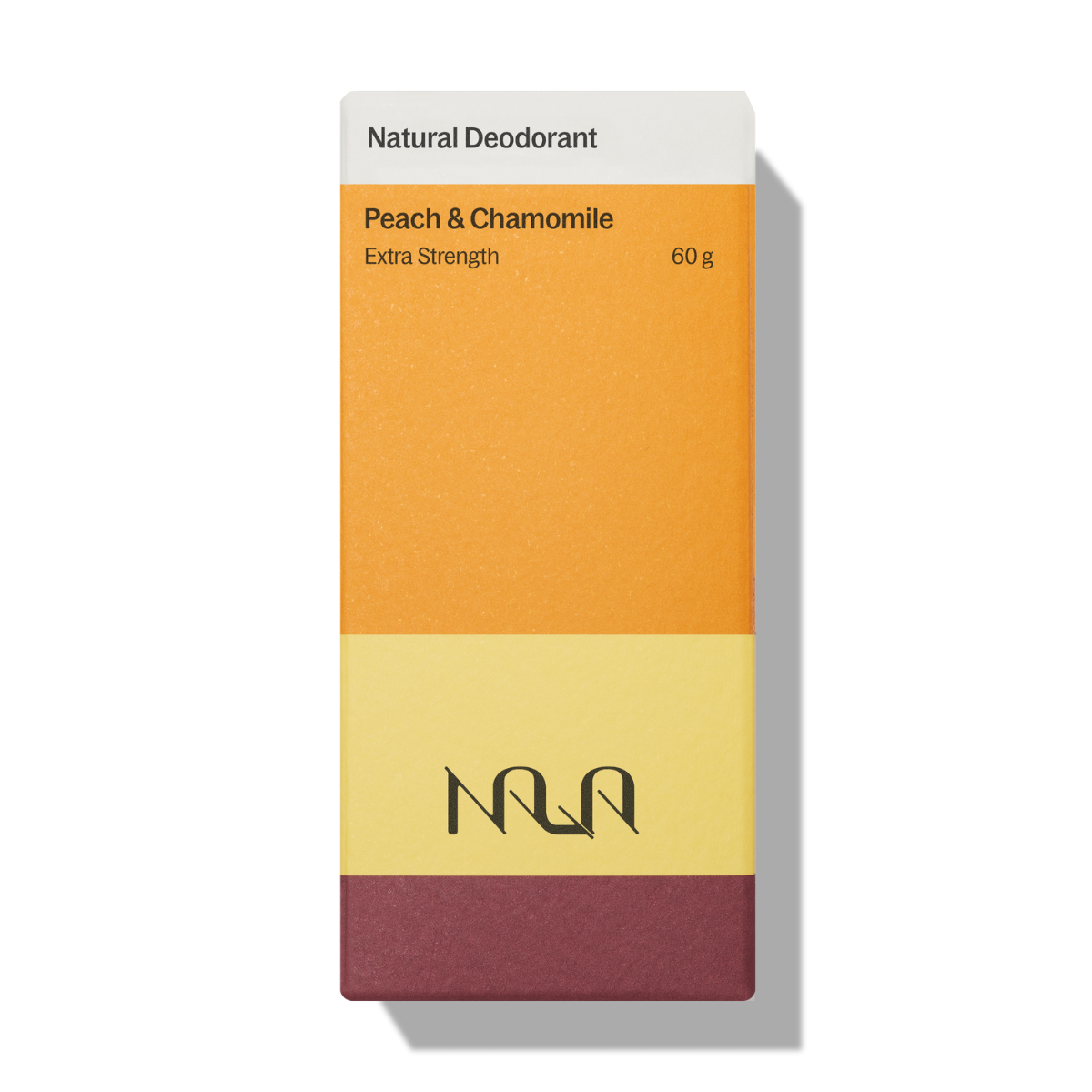
Organic Chamomile Essential Oil
Chamomile, derived from the daisy-like flowers of Matricaria recutita (German chamomile), is one of the most revered botanicals in skincare and holistic wellness. With roots tracing back to ancient Egypt, Greece, and Rome, chamomile has long been used for its calming and healing properties.
Chamomile oil is a remarkable anti-inflammatory, largely due to its rich content of azulene, bisabolol, and flavonoids. These compounds work together to soothe irritated skin and reduce redness, making chamomile an excellent choice for those with sensitive skin or conditions such as eczema, rosacea, and dermatitis. Its calming properties not only help alleviate inflammation but also promote a healthy, radiant complexion.
In addition to its soothing effects, chamomile oil offers antioxidant and antimicrobial benefits, protecting the skin from environmental stressors while maintaining a clear and balanced appearance. Its gentle, hydrating qualities make it suitable for all skin types, particularly for individuals dealing with sensitivity or dryness.
Beyond skincare, chamomile is cherished for its aromatic qualities that help relieve stress and enhance sleep. This makes it a popular ingredient in body care products that focus on relaxation and self-care.
Key Benefits:
Reduces Redness & Irritation: Soothes underarm skin after shaving or waxing, minimizing discomfort and inflammation.
Skin Protectant: Provides a barrier against environmental irritants and supports healthy skin recovery.
Hydrating: Maintains moisture balance, preventing dryness or irritation caused by frequent deodorant use.
Fun fact:
Chamomile was considered sacred by the ancient Egyptians, who dedicated it to the sun god Ra for its ability to heal and rejuvenate. Today, it remains a symbol of calm and wellness worldwide.
INCI Name: Chamomilla Recutita (Matricaria) Flower Oil
Source:
Srivastava, J. K., Shankar, E., & Gupta, S. (2010). Chamomile: A herbal medicine of the past with a bright future. Molecular medicine reports, 3(6), 895-901.
Find Organic Chamomile Essential Oil in our

